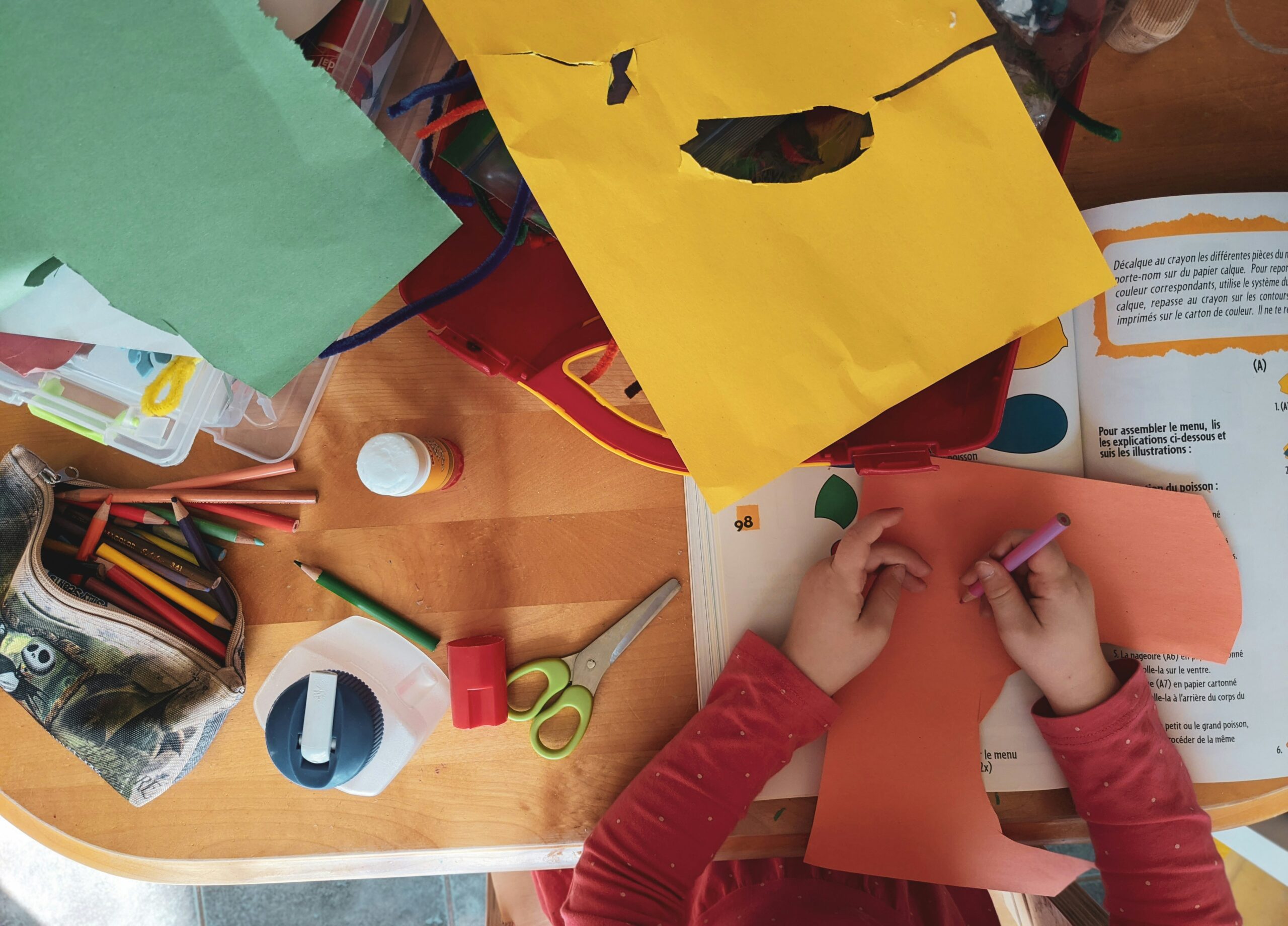In today’s digital age, do-it-yourself (DIY) crafting has become more popular than ever. Whether it’s knitting, painting, or woodworking, people are finding joy and fulfillment in creating things with their own hands. As the DIY crafting community continues to grow, it’s important to consider the role of user interface (UI) and user experience (UX) in enhancing the creative process.
UI and UX design are crucial elements in any digital platform, and DIY crafting is no exception. A well-designed interface can make the crafting experience more enjoyable and efficient, while a thoughtful user experience can guide crafters through the creative process seamlessly. Let’s explore some key considerations for UI/UX in DIY crafting.
1. Intuitive Navigation:
A user-friendly interface is essential for any DIY crafting platform. Crafters should be able to easily navigate through different sections, find the tools and materials they need, and access tutorials or inspiration. Clear and concise labeling, logical categorization, and intuitive icons can all contribute to a seamless navigation experience.
2. Visual Appeal:
Crafting is a creative endeavor, and the UI/UX design should reflect that. The visual elements of the platform, such as color schemes, typography, and graphics, should be visually appealing and inspiring. A well-designed interface can evoke positive emotions and motivate crafters to explore their creativity further.
3. Responsive Design:
With the increasing use of mobile devices, it’s crucial for DIY crafting platforms to have a responsive design that adapts to different screen sizes. Crafters should be able to access the platform and engage in their projects from anywhere, whether it’s on a desktop computer, tablet, or smartphone. Responsive design ensures a consistent and enjoyable experience across devices.
4. Personalization:
Crafting is a personal and unique experience for each individual. Offering customization options within the UI/UX design can enhance the crafting journey. For example, allowing crafters to personalize their profiles, save favorite projects, or create custom collections can make the platform feel more tailored to their individual needs and preferences.
5. Clear Instructions and Tutorials:
One of the most important aspects of DIY crafting is learning new techniques and following instructions. Clear and concise step-by-step tutorials, accompanied by visually appealing images or videos, can greatly enhance the user experience. Providing crafters with the necessary guidance and inspiration can boost their confidence and encourage them to take on more challenging projects.
6. Community Engagement:
DIY crafting is not only about the act of creating; it’s also about connecting with a community of like-minded individuals. Incorporating social features, such as the ability to share projects, comment on others’ work, or join crafting groups, can foster a sense of belonging and encourage collaboration. A strong community aspect can make the DIY crafting platform more engaging and fulfilling for users.
7. Feedback and Support:
Crafters may encounter challenges or have questions along their creative journey. Providing a clear and accessible way for users to provide feedback or seek support is essential. This can be in the form of a help center, FAQs, or a dedicated support team. Prompt and helpful responses can build trust and loyalty among users.
In conclusion, UI/UX design plays a vital role in enhancing the DIY crafting experience. By focusing on intuitive navigation, visual appeal, responsive design, personalization, clear instructions, community engagement, and support, DIY crafting platforms can elevate the creative projects of their users. A well-designed UI/UX can inspire and empower crafters to explore their creativity, connect with others, and embark on new and exciting DIY crafting ventures.


Leave a Reply